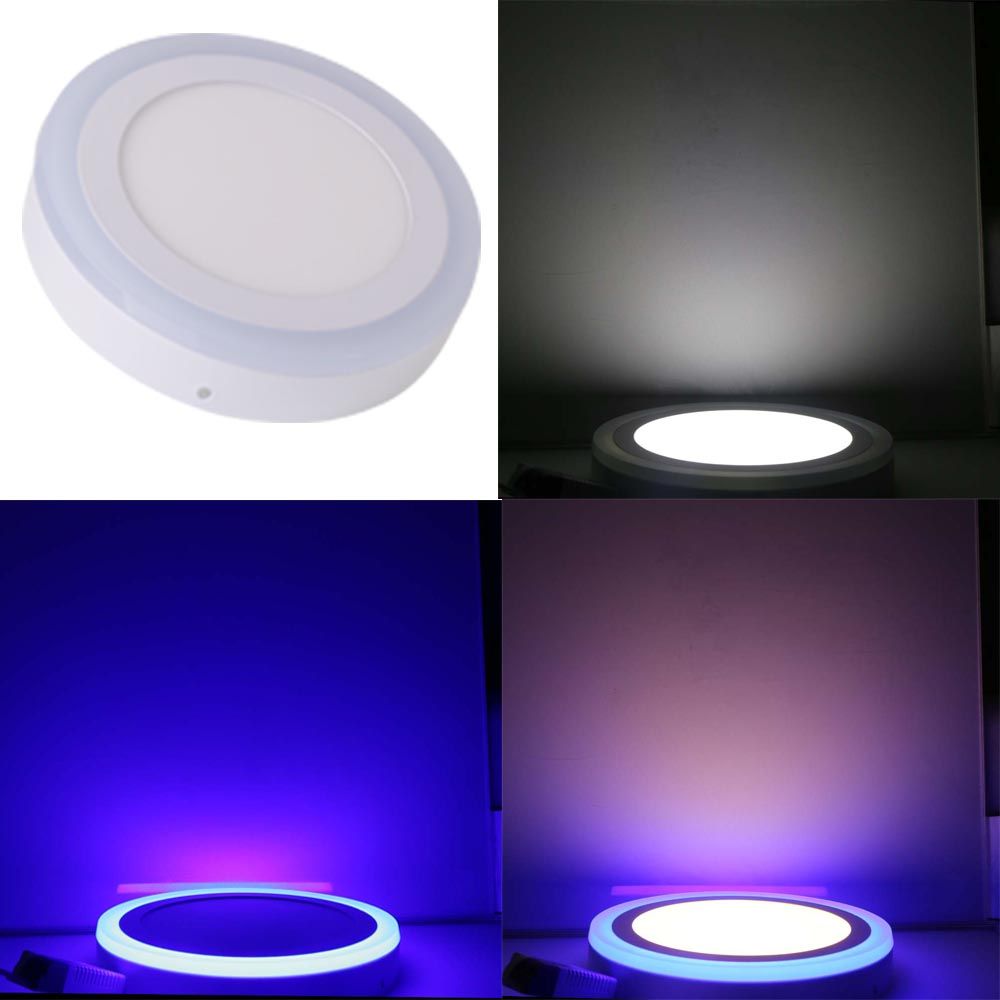

These LED panels can be either suspended, build-in, recessed and mounted. The LED panels come in ultra slim design, which makes them easy to be suspended onto ceilings or used for shelf lightening. Among these great advantages, users also enjoy an user-friendly installation and the product continues being easy to maintain throughout the entire lifespan. There are three main types of LED panels on the market today, the round, square and rectangle LED panel lights. This sector has embraced and endorsed the LED technology, especially due to its cost-saving and environmental-friendly features. The LED panel lights are also used in the public sector, including schools, hospitals and many other public centers. In the commercial sector, the LED panels are predominantly used in supermarkets, retail shops, offices, factories and hotels. The ultra thin design also makes them great for shelf lightening. Domestically, the light panels have been lightening ceilings in the kitchen, bathroom or living room. The LED panel lights disperse a smooth and even blend light with an instant start, without flickering or RF interference.ĭue to their innovative technology and design, LED panel lights are applicable to almost any type of environment and can be adapted for both domestic and commercial use. Since they are so versatile and adaptable, the LED panel lights can be used in hospitality, offices, health care, retail, schools and universities and even industry. The sole disadvantages of LEDs are the high initial cost and the directional lighting – however, directional lighting is no longer a problem with LED panel lights as they are designed to offer uniform and efficient lighting. The light efficacy is measured in lumens per watt, and in the case of LED lamps it can reach 100 lumens. A good LED lamp can reach a color rendering index of up to 90 or more.

LED PANEL LAMPS FREE
These bulbs come with various dimmable options, they are available in different white tones and even colors (blue, green, red), they generate very little heat as opposed to fluorescent lamps, they have twice the life span of the fluorescent lamps (up to 50,000-75,000 hours) and they are free of mercury, therefore they do not pose a threat to the surrounding environment and do not require special disposal. Despite the fact that LEDs involve a higher initial investment (the acquisition costs are higher), the investment pays off in the low run.

What makes LED lamps such a popular choice is that they have a very low energy consumption coupled with efficient lighting for reduced wattage. They can come with or without a dimmer switch. The fluorescent light bulbs deliver a warm and pleasant light rather than the classic cool light, and the good news is that their areas of application are the same as those of incandescent lights: fluorescent lamps can be easily used for ceiling fixtures, table lamps, track lighting, outdoor lighting and such. The most notable disadvantages of these bulbs are the sensitivity to temperature, there is a bothersome flickering that usually occurs when turning on the light bulb and the extra cost for dimmable ballast. The benefits of fluorescent light bulbs are the low cost per lumen, the numerous fixture options (these bulbs are very versatile) and the long life of up to 20,000-25,000 hours. On the other hand, these lamps come in different shapes and sizes: you can opt for spiral lamps, standard lamps, globe lamps, triple tube, flood lamps or candelabra. However, fluorescent bulbs are considered to be dangerous for the surrounding environment, given their mercury content which usually ends up in landfills. These bulbs contain mercury and the interior of the bulb is filled with krypton or argon, an inert gas. However, both LED panel lights and fluorescent lamps have their advantages and disadvantages, but what both of them have in common is that they are both evaluated based on certain factors such as the color rendering index, the lumens or the color temperature.įluorescent tubes and CFL light bulbs are the most common choice for institutional and commercial buildings, as the acquisition costs are very low and they have a relatively long life span as well. LED panel lights are a very viable option these days, mainly because of their reduced energy consumption combined with the increased efficacy.


 0 kommentar(er)
0 kommentar(er)
